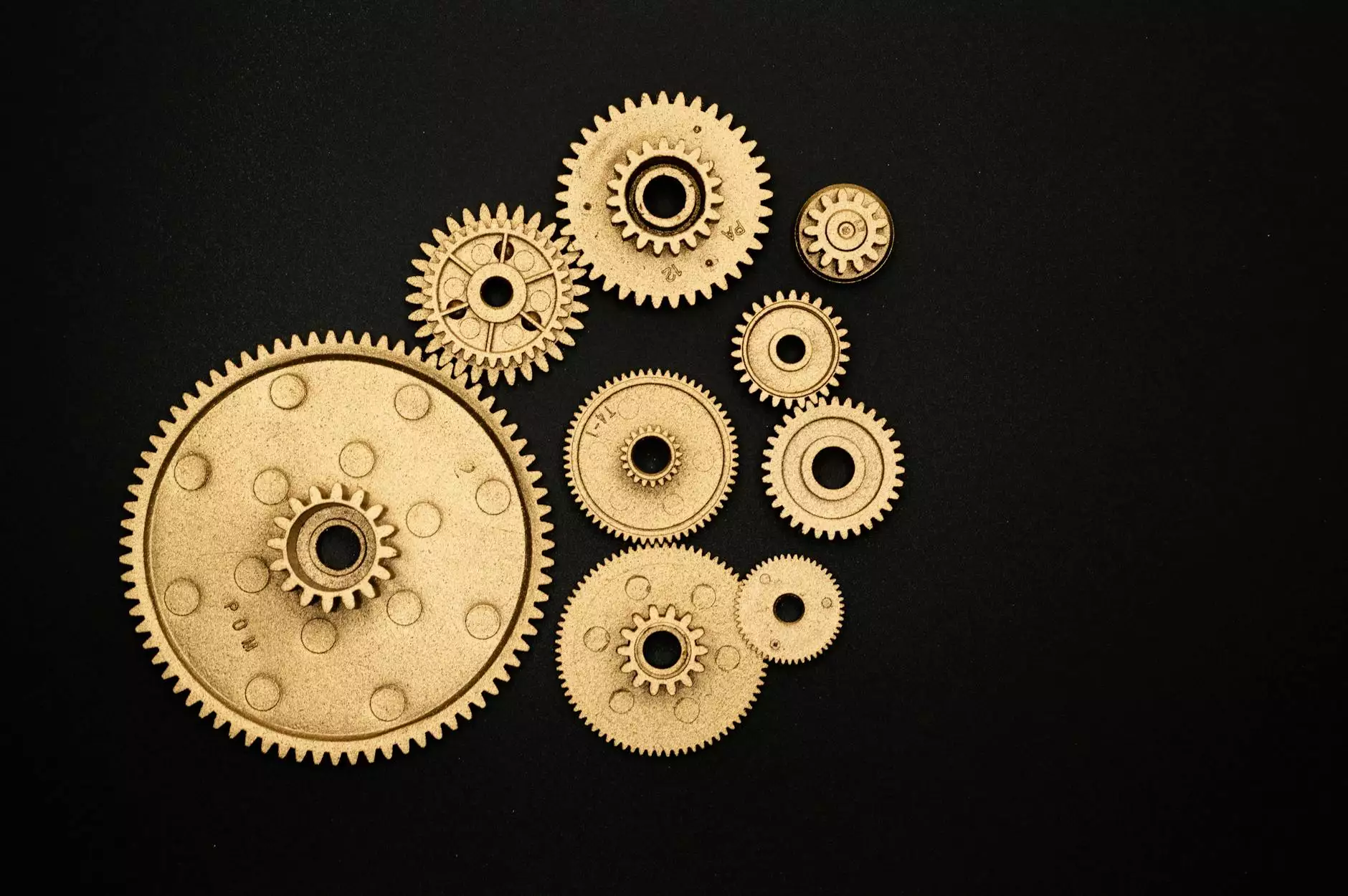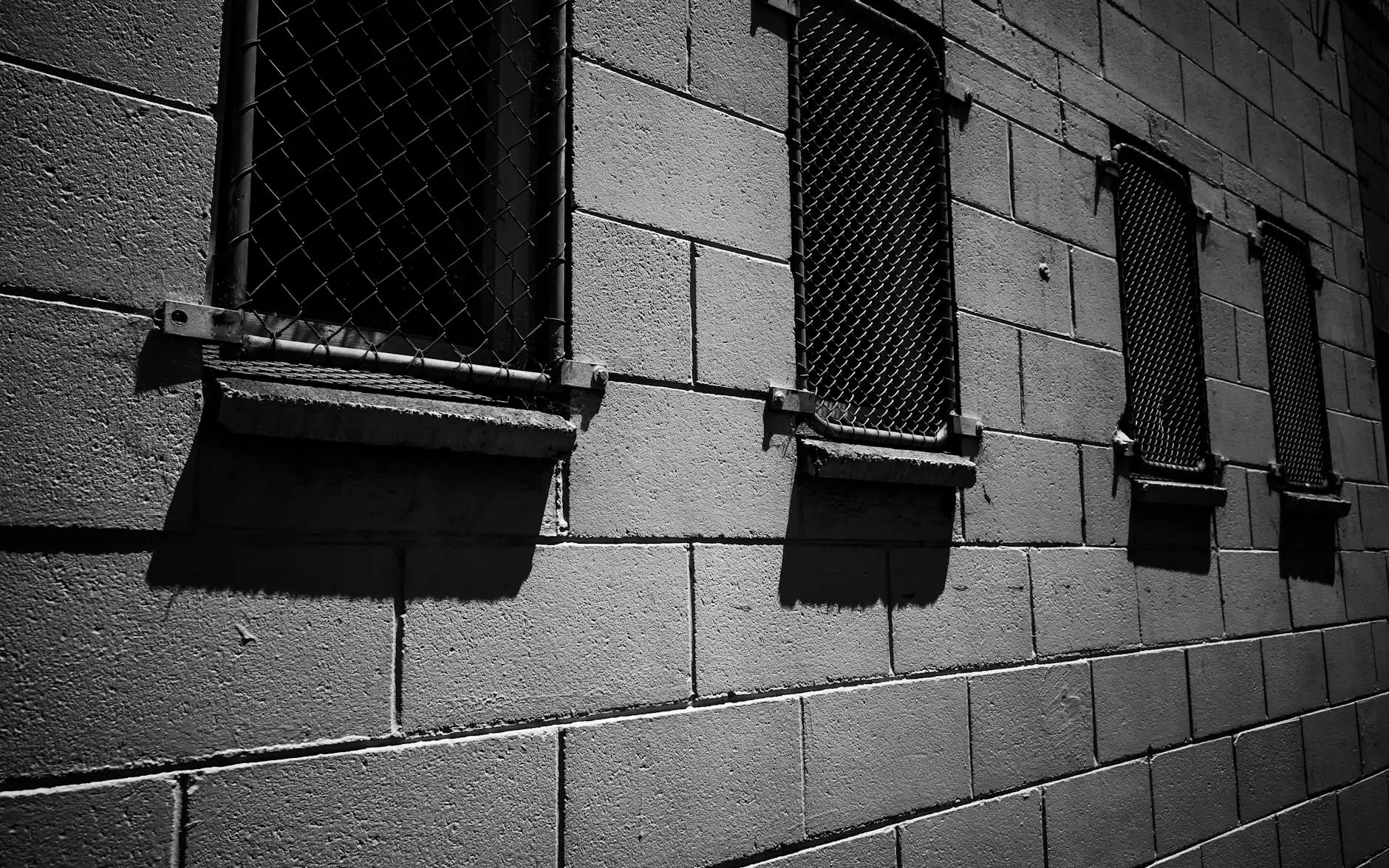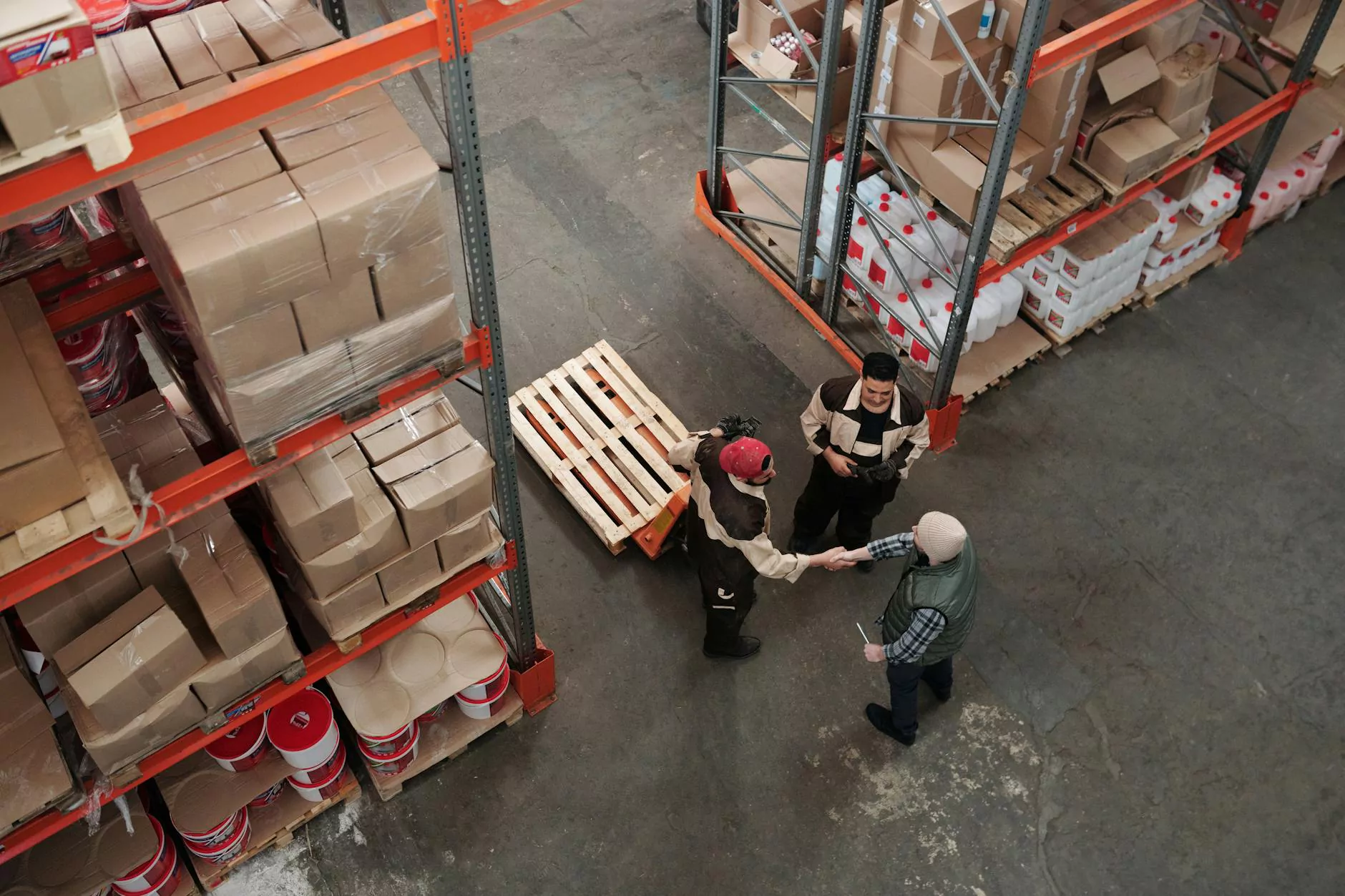Understanding Bounding Boxes in Data Annotation

Bounding boxes have become a fundamental concept in the realm of computer vision and image processing. They serve a vital purpose in the tasks of object detection and image segmentation. By defining the position and size of various objects within an image, bounding boxes enable more accurate and efficient processing. In this article, we will explore the intricacies of bounding boxes, their applications, and their significance in data annotation.
What are Bounding Boxes?
A bounding box is essentially a rectangular box that encloses an object within an image. It is defined by its coordinates, typically given as (x, y) for the top left corner and (width, height) or the bottom right corner coordinates. This simple yet effective representation allows machine learning algorithms to detect and classify objects in an image efficiently.
The Structure of a Bounding Box
- Coordinates: The (x, y) values indicate the position of the bounding box, where x is the horizontal axis and y is the vertical axis.
- Dimensions: The width and height specify the size of the bounding box, which corresponds to the object's size it encompasses.
- Classes: Bounding boxes are often associated with object classes, such as cars, people, or animals, which aid in classification tasks.
Applications of Bounding Boxes
Bounding boxes are widely used in various fields due to their simplicity and effectiveness. Here are some notable applications:
1. Object Detection
Bounding boxes are crucial for object detection, which involves identifying and localizing objects in an image. Algorithms like YOLO (You Only Look Once) and SSD (Single Shot Multibox Detector) rely heavily on bounding boxes to mark where an object is located in an image.
2. Image Segmentation
In image segmentation, bounding boxes help define regions of interest within an image. While segmentation algorithms aim to categorize pixels into different classes, bounding boxes provide a simpler abstraction layer that can be beneficial for certain tasks.
3. Visual Search Engines
Many modern visual search engines use bounding boxes to enhance user experience. By providing visual context to search results, these engines can guide users to the relevant images efficiently.
4. Autonomous Vehicles
In the development of autonomous vehicles, bounding boxes play a crucial role in detecting pedestrians, other vehicles, and obstacles. This allows for safer navigation and decision-making in real time.
Why Are Bounding Boxes Important in Data Annotation?
The significance of bounding boxes extends beyond image visualization; they are pivotal in data annotation, the process of labeling input data for training machine learning models. Here’s why bounding boxes are critical:
Easier Data Labeling
Bounding boxes simplify the data annotation process. Instead of labeling every pixel (as in segmentation), annotators can quickly draw rectangles around objects, significantly saving time.
Standardization Across Datasets
Bounding boxes provide a standardized method for identifying objects, making it easier to compare datasets and integrate them into training frameworks.
Facilitating Model Training
High-quality annotations using bounding boxes can significantly enhance the performance of machine learning models. Precise bounding boxes improve the model’s ability to detect and classify objects in unseen images.
Support for Multiple Classes
Bounding boxes can be easily extended to support multiple classes within a single image, allowing for complex scene understanding which is crucial in tasks like multi-object detection.
Challenges in Using Bounding Boxes
While bounding boxes are immensely beneficial, they are not without their challenges:
1. Occlusions
When objects overlap or occlude each other, creating accurate bounding boxes can be difficult, leading to potential inaccuracies in training data.
2. Aspect Ratio Variability
Different objects have varying shapes and sizes, making it a challenge to create bounding boxes that adequately encompass them without excessive empty space.
3. Precision vs. Speed
While bounding box annotation is quicker than pixel-level annotation, it may sacrifice precision. This trade-off is crucial to consider depending on the application.
How KeyLabs.ai Enhances Bounding Box Technology
At KeyLabs.ai, we understand the importance of accurate data annotation for the success of machine learning models. Our data annotation tools incorporate cutting-edge technology to assist in bounding box creation:
1. Advanced Tools for Annotation
Our platform provides intuitive tools that allow users to easily create and manage bounding boxes across various images. With features such as snapping, resizing, and cloning, annotators can work more efficiently.
2. Quality Control
KeyLabs.ai employs stringent quality control measures to ensure that every bounding box created meets the necessary standards, thus enhancing the overall quality of the dataset.
3. Scalability
Whether you need thousands of images annotated or just a handful, our platform scales to meet your demands, ensuring the same level of quality and precision across the board.
4. Collaborative Annotation Environment
Our platform supports collaboration among teams, making it easier to manage multiple annotators and keep track of progress. This encourages cohesive work towards high-quality data outcomes.
Future of Bounding Boxes in Data Annotation
The future of bounding boxes is bright and continuously evolving. As technology advances, so do the methods of creating and utilizing bounding boxes. Here are several emerging trends:
1. Automated Annotation
With the rise of machine learning and AI, automated systems are being developed to create bounding boxes with minimal human intervention. This can significantly speed up the annotation process while maintaining quality.
2. 3D Bounding Boxes
The introduction of 3D bounding boxes will enhance applications in autonomous driving and augmented reality, providing a more comprehensive understanding of the spatial dimensions of objects.
3. Integration with Neural Networks
Future improvements will see tighter integration between bounding box algorithms and neural network architectures to facilitate real-time object detection and recognition.
Conclusion
In the rapidly progressing world of computer vision and data annotation, bounding boxes stand out as a pivotal element in achieving precise object detection and classification. Their ability to facilitate faster and more accurate data labeling underscores their significance in training robust machine learning models. At KeyLabs.ai, we are committed to enhancing the data annotation processes with innovative technology that leverages the power of bounding boxes. By focusing on quality and efficiency, we aim to empower businesses to harness the true potential of their data for superior analytics and decision-making.
If you're interested in improving your data annotation processes and understanding the integral role of bounding boxes, visit KeyLabs.ai today!









